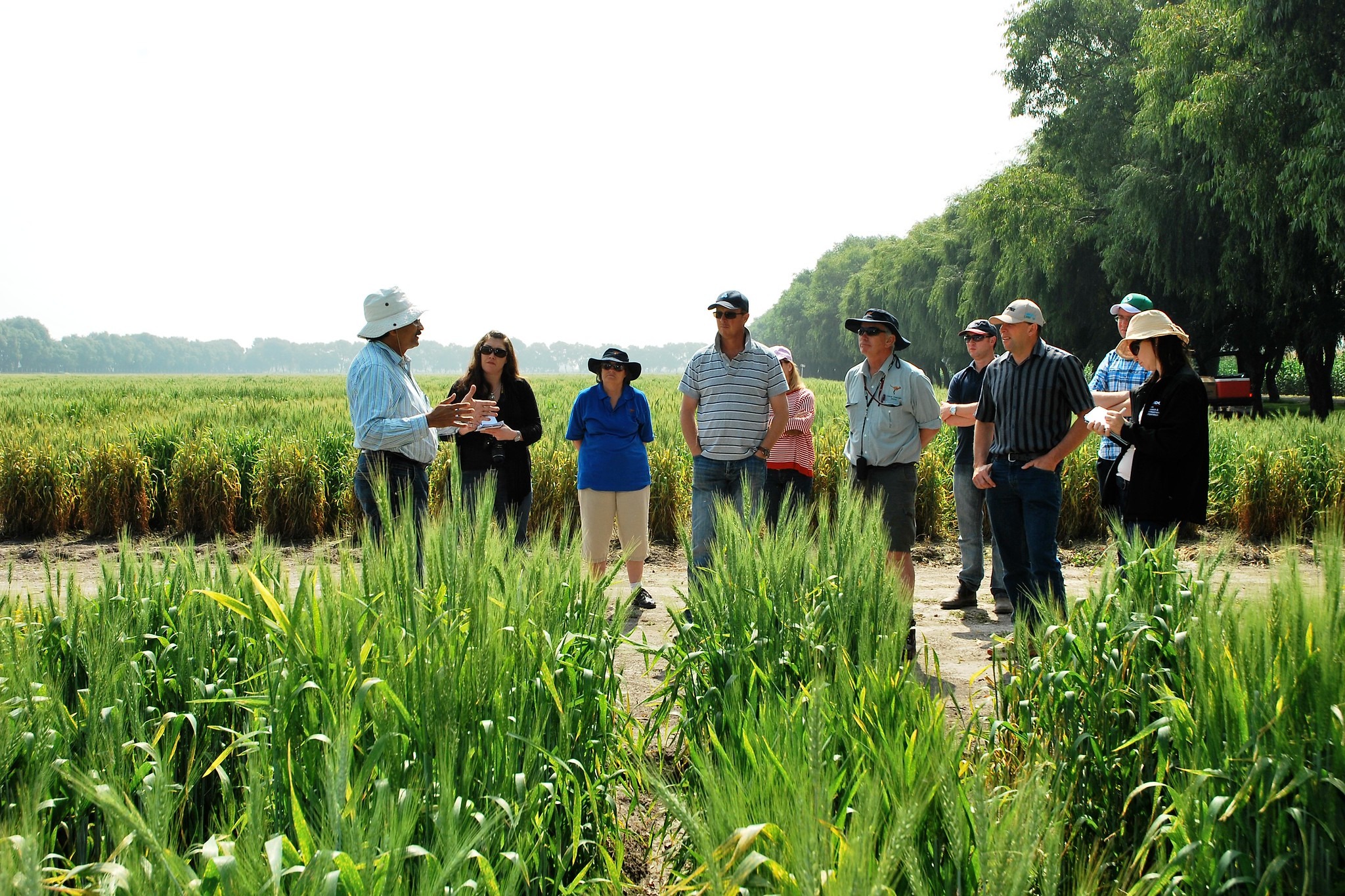

Australian gains from Ag4Dev investment

A strong and compelling case for greater investment by Australia in international agricultural research for development (Ag4Dev) has been delivered in a report commissioned by the Crawford Fund, detailing evidence of the strong flow of economic, environmental, and social benefits to both Australia and its developing country partners.
The report, “Australian Gains from Investment in International Agricultural R&D 2010 – 2020: Doing Well by Doing Good” was written by John Mullen, Julien de Meyer, Caroline Lemerle, Garry Griffith, and Bill Malcolm.
Like other international studies, the authors found a safe ballpark estimate of the benefit-cost ratio for a well-managed portfolio of research projects is 10:1.
Despite the proof positive from benefit-cost analyses finding a ratio of 10:1 on investment and the less quantifiable social, environmental, and diplomatic benefits in-country and to Australia of investing in international agricultural research for development (Ag4Dev), the proportion of Australia’s development-assistance budget it receives is only around 2.5 per cent. We firmly believe it is in Australia’s interests to increase the proportion of its development-assistance budget invested in Ag4Dev.
Australia’s overseas development program in agriculture is largely delivered by the Australian Centre for International Agricultural Research (ACIAR), with the Crawford Fund adding value to its activities largely through capacity building and a strong outreach program.
ACIAR has six strategic objectives which are aligned with the 2030 Sustainable Development Goals:
- Food security and poverty reduction
- Natural resources and climate change
- Human health and nutrition
- Gender equity and women’s empowerment
- Inclusive value chains
- Capacity building.
In this report, seven case studies are presented to illustrate how investments by ACIAR and the Crawford Fund contribute to meeting these objectives, solve complex problems and thus better enable farm families to improve their lot.
Key findings of this study include:
- A safe ballpark estimate of the benefit-cost ratio (BCR) for a well-managed portfolio of research projects is perhaps 10:1.
- An increase in agricultural productivity reduces poverty by twice as much as a comparable increase in productivity in other sectors of the economies of developing countries.
- Adoption of new technologies enhances productivity, alleviates poverty, and facilitates the achievement of ACIAR’s strategic objectives.
- Agricultural R&D generates high returns to public investment, and this is evidence of underinvestment.
- Productivity growth in rich countries is slowing, partly because of falling public investment in agricultural R&D.
- In the last 10 years, over 5,000 Australian and international scientists have participated in training courses supported by the Crawford Fund, and 800 more researchers have received ACIAR fellowships to pursue academic or leadership studies in Australia. This large cohort of trained men and women use their skills to strengthen their national agricultural sector and to develop professional and personal links which are a source of much goodwill towards Australia.
- ACIAR plans and manages research resources with care, particularly in the project development, and monitoring and evaluation phases. In all stages, the Centre relies on impact pathway statements (akin to the theory of change statements), which describe a plausible causal link between research activities, inputs, outputs (such as technologies and published papers), and the economic, social, and environmental outcomes arising from the farmer and other end-user adoption of new technology.
The evidence is strong that Australia’s investment in agricultural research in developing neighbours has been very successful in alleviating poverty and contributing to other UN Sustainable Development goals. The authors recommend:
- Australia should continue to invest in agricultural R&D in its developing country neighbours.
- Australia should continue to support multilateral organisations such as the CGIAR system, even as support from other developed countries declines.
- Research programs should continue to focus on developing profitable technologies that farmers will adopt, thus contributing to higher farm incomes and poverty alleviation.
- Exotic pests and diseases pose a serious threat to Australian agriculture and the wider community. Conducting research on them in neighbouring countries makes sense as a means of protecting Australia from biosecurity risks, while also helping our neighbours control them.
- Climate change threatens agriculture in Australia and neighbouring countries, requiring the development of technologies that can help farmers adapt to and mitigate its impacts.
- ACIAR and the Crawford Fund should maintain their commitment to building human capital, both informally through bilateral programs and formally through fellowships, Master Classes, and mentoring programs.
- Research institutions should maintain strong programs to assess the economic, social, and environmental impact of their investments, with particular emphasis on estimating the effect of technologies on farm incomes and the subsequent extent of adoption.




